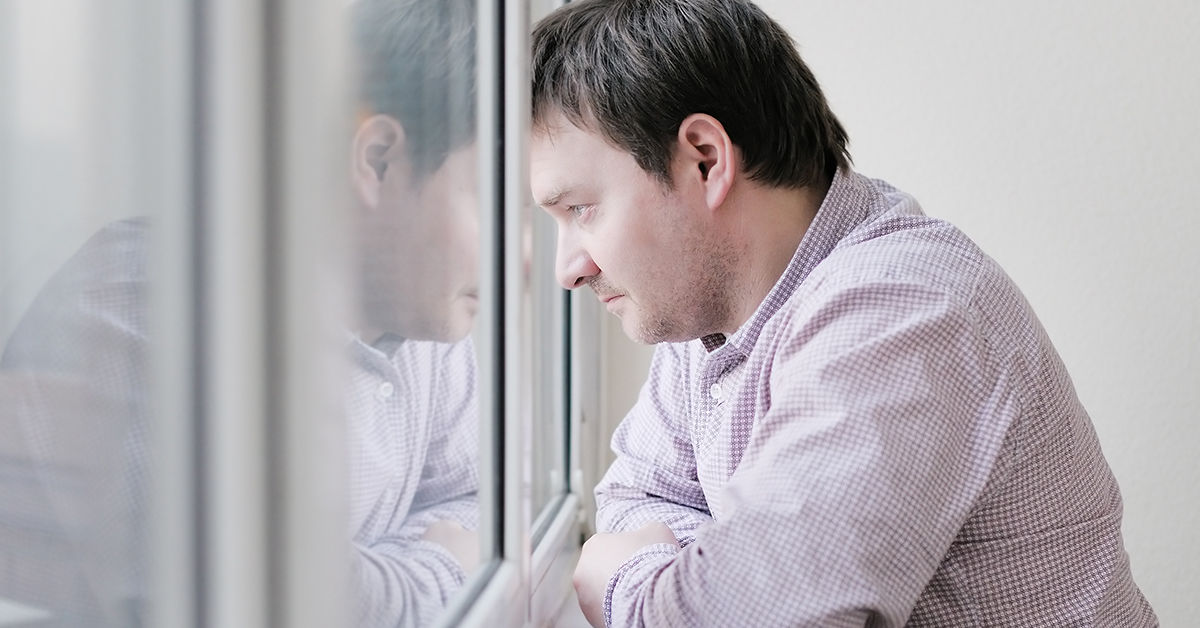
The shortest day of the year in the Northern Hemisphere falls on or near December 20, and all throughout the season-spanning stretch from late fall to mid-spring, the dark, cold and dreary days can have measurable consequences on people's mood and attitudes.
What is SAD?
The Winter Blues, it used to be called: that semi-depressed state that hits many people in the colder, darker months. The signs can include a generally down attitude, difficulty getting started in the morning, overeating, difficulty concentrating, withdrawal from family, friends and social activities and more.
Beginning in the 1980s, researchers at the National Institute of Mental Health began to apply scientific methods to this combination of symptoms, and concluded that there really is a medical condition there; the old Winter Blues idea gave way to the term Seasonal Affective Disorder (SAD). The American Psychiatric Association's most recent Diagnostic and Statistical Manual of mental disorders (DSM-IV) classifies SAD as a "course specifier" which may be applied as an added description to the pattern of major depressive episodes in patients with major depressive disorder or patients with bipolar disorder. The most popular explanation for SAD is the overproduction of melatonin, a neurochemical that controls bodily rhythms (also called the body clock, or Circadian rhythm).
What are the symptoms of SAD?
Symptoms can include difficulty waking up in the morning, nausea, a tendency to oversleep and over eat, especially a craving for carbohydrates, and consequent weight gain. Other signs include low energy, difficulty completing tasks, avoiding friends, family, and social activities, and decreased sex drive. All of this can lead to depression, feelings of hopelessness, and a loss of pleasure. People who experience spring and summer depression show symptoms of classic depression including insomnia, anxiety, irritability, decreased appetite, weight gain or loss, social withdrawal, and decreased sex drive. SAD is more common in northern than in southern parts of the United States, where winter daylight lasts longer.
Another key indicator of SAD is that it follows a regular pattern, appearing each autumn as days shorten and seasons change. After hitting its lowest point in January, February and March, it goes away, usually clearing up during the longer daylight hours of spring and summer.
How is SAD diagnosed?
Your doctor will take a personal and family health history, and a detailed description of your symptoms. There are no specific blood tests for SAD, but a CBC (complete blood count) panel can help rule out other problems such as thyroid deficiency. A thorough physical exam also helps make sure other problems aren't contributing, and in pronounced cases, your doctor might order a broader psychological evaluation to make sure you don't have a more serious form of depression.
What are the treatments for SAD?
Light Therapy. People with SAD have been shown to need up to 24 times more sunlight than the average person to inhibit melatonin, which is the neurochemical that causes drowsiness. Light therapy, sometimes called Phototherapy, is simply seeking more exposure to the broad spectrum of light that suppresses melatonin. The patient spends 30-60 minutes in front of a bright, full-spectrum light source (often wearing sunglasses to protect the eyes). A milder approach to light therapy is to spend time outdoors in the sunlight, which for some people is quite effective.
Medications. In some cases, your doctor may try one of several mild antidepressant drugs, which have been shown to relieve SAD symptoms. If an antidepressant proves most effective, your doctor might recommend beginning dosage as the days shorten, and tapering off again as spring comes in.
People diagnosed with manic-depressive disorder should talk with their doctor, as there's a chance that sudden changes either from light therapy or antidepressants could trigger a manic episode.
Psychotherapy. In more severe or persistent cases, a therapist may be able to help you understand and manage the depressed feelings and overindulgence in food that can characterize SAD. Sometimes such talking therapy is recommended alongside phototherapy or medication as a more comprehensive combination of approaches.
Managing your SAD
Approximately a half million people are diagnosed as having Seasonal Affective Disorder, so if you've been diagnosed or are concerned about having it, take heart: it's more common than many people realize, BECAUSE so many people manage it well. In all likelihood, your doctor can help you beat those seasonal blues and live as happy and productive life during winter as you do in the other seasons of the year.
